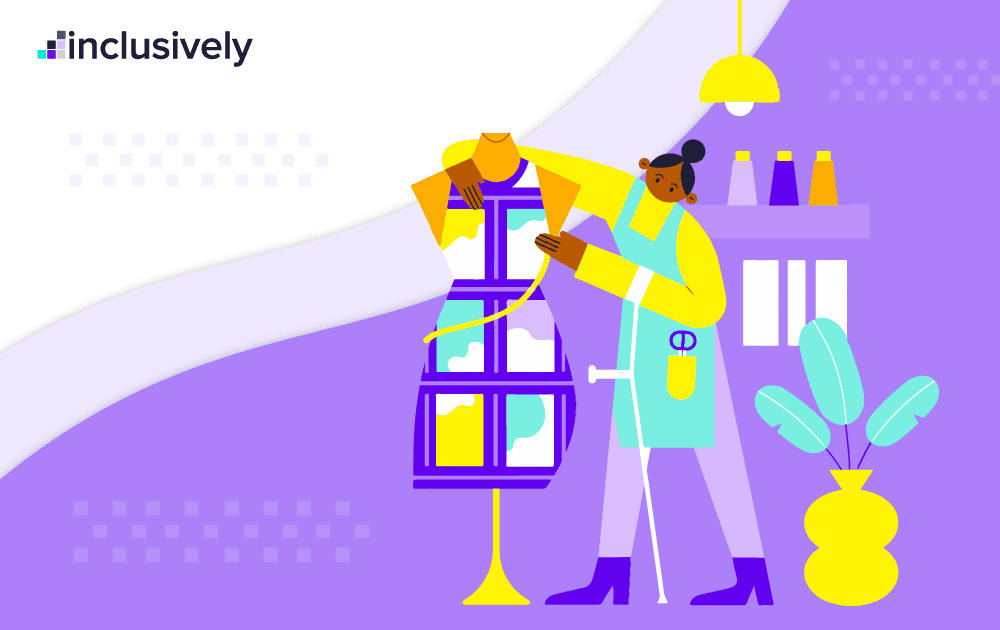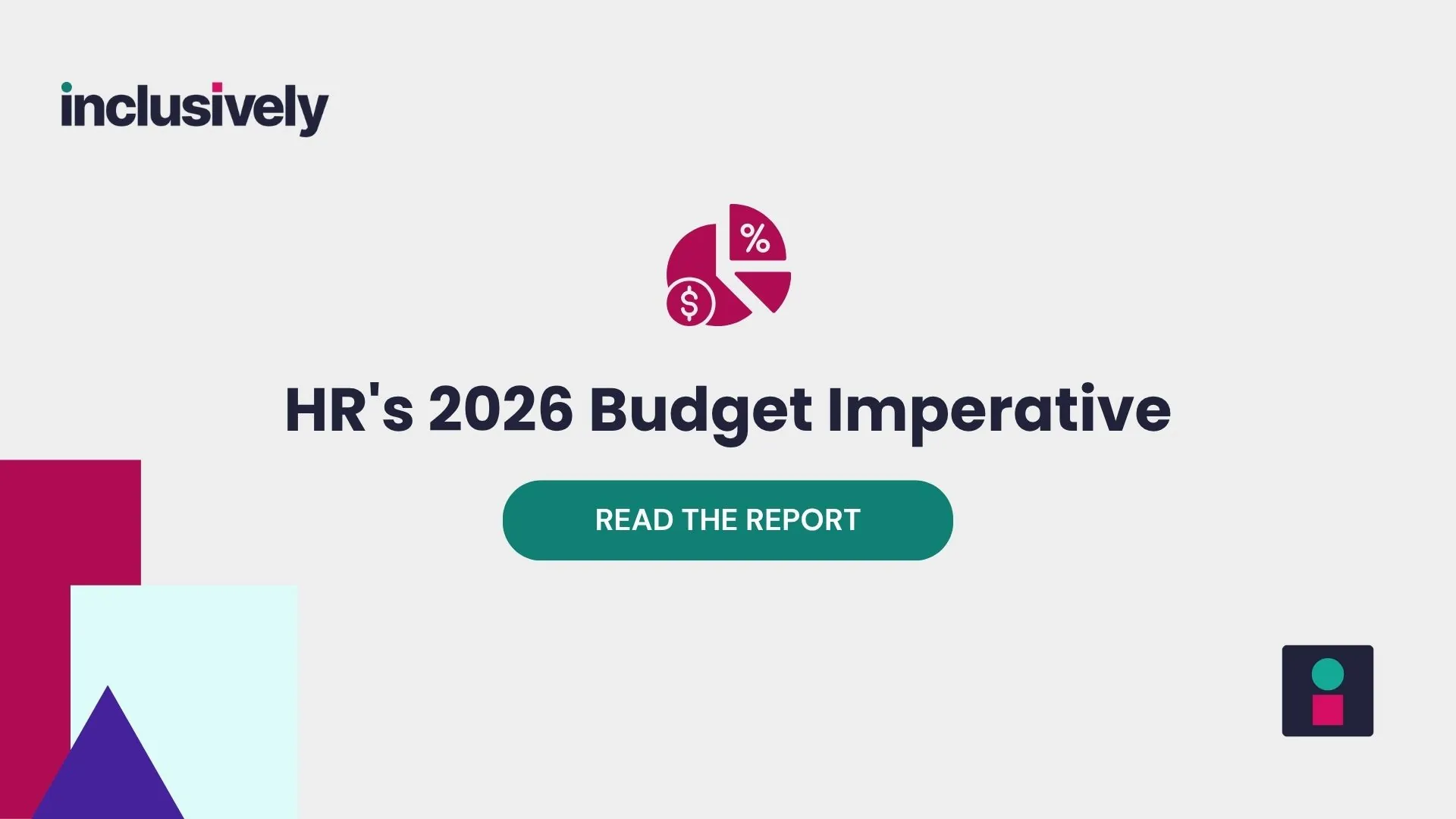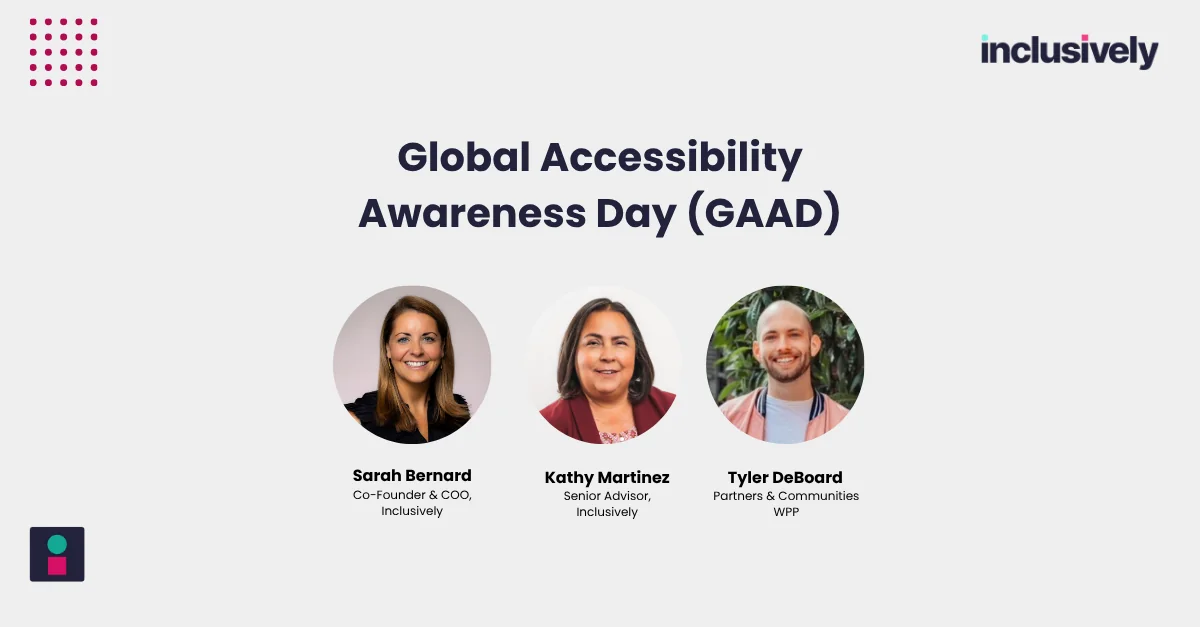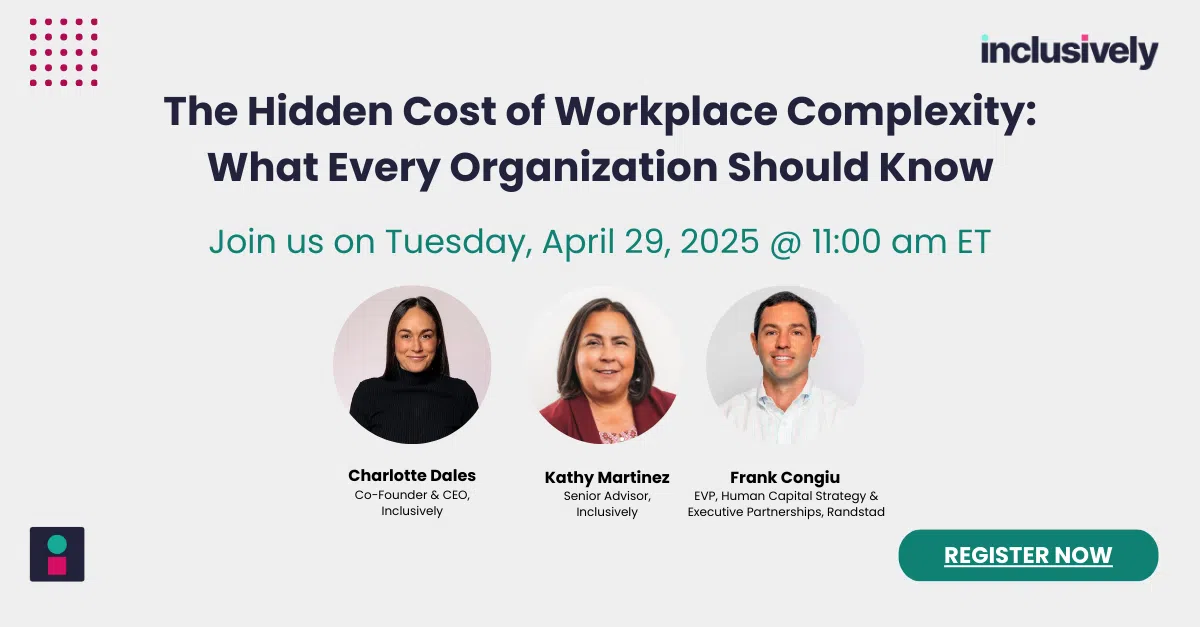Being welcomed and accepted in the workplace is something that many take for granted. Recently Inclusively and Georgetown University Disability Studies hosted the webinar, ‘A Discussion of Disability and Employment’ that was moderated by Inclusively Co-Founder & CEO Charlotte Dales and featured Levine Susan of Bain Capital, John D. Kemp of Lakeshore Foundation, Jennifer Sheehy of U.S. Department of Labor, Tiffany Yu of Diversability, and Kenna Chic of California Health Care Foundation.
During the conversation, many of the panelists shared their experiences with disabilities. Two themes that many panelists returned to included the reality that people with disabilities often have feelings of being ostracized upon entering the workforce, and second that each panelist was deeply devoted to disability inclusion.
We’ll continue to discuss how disability discrimination became so prominent in the workforce, how it has changed, and where the solution lies.
The challenges with the employment process
Over the last two decades, companies have put automated talent acquisition engines, or applicant tracking systems, in place without considering potential consequences. These systems weeded out many smart and capable candidates who happened to have disabilities. In 2022, the great resignation and great reshuffling that started with the pandemic has caused organizations to shift their thinking on how to attract more talent in the market, which points directly to veterans and people with disabilities.
This has left the door open for people with disabilities and allies to start conversations with talent acquisition teams who are looking for candidates. Sharing details regarding the untapped potential within people with disabilities can spark new partnerships, help the workforce improve, and create a learning loop around hiring people with disabilities, which will ultimately help organizations hire more people as time progresses.
However, the need to update the employment process is still a work in progress. In order for people with disabilities to follow the pathway to a specific role, companies need to provide accommodations from the very beginning. The hiring process for people with disabilities should be just as easy as it is for people without disabilities.
One of the major shifts that organizations need to make includes the technology that they have in place for recruitment. Not a lot of AI-powered technology that’s used in the recruitment process was built with people with disabilities in mind, which has created barriers and led to negligent discrimination.
Under-discussed barriers for people with disabilities in the workforce
The barriers put in place in the employment process have forced people with disabilities to overcompensate to make up for the inequity. The lack of people with disabilities in the workforce has led to a culture that simply does not accommodate or welcome people with disabilities in more than a few ways.
- Actualizing with a disability in the workforce: Many able-bodied people are not prepared to meet someone with disabilities in the workforce, which requires people with disabilities to overcompensate for the awkwardness or unpreparedness of the other side in addition to completing their job responsibilities, which causes additional stress. This challenge is one that many don’t consider unless experienced first hand.
- Getting comfortable with disclosing disabilities and accommodations: There never seems to be the right time to share information regarding disability in the employment process or thereafter. It’s never the same situation, and it’s often put in the hands of people with disabilities to navigate without support from the employer. Again, this is an additional burden that can lead to misconceived notions and a lack of fair treatment if not done correctly. The fact of the matter is people with disabilities have needs, and accommodations are a right. Organizations are realizing this and have been working to be more hospitable.
- Learning what policies are in place and what policies are missing: Knowledge regarding what insurance policy is the right policy, rights regarding consent, and the other ADA laws are all barriers that many people with disabilities have to learn on their own time if they want to receive just treatment in the workforce. And one of the main reasons is because the system was put in place by those who don’t have disabilities.
“If we had people who were disabled designing these systems in the first place, it wouldn’t be perfect, but we would have more support than what we’re getting now,” – Kenna Chic
California Health Care Foundation
The panel acknowledged that this is where we’re working towards in the future — using empathy and experience to build environments that support people with disabilities in an honest and equitable way is the first step.
The solution lies in equity
People with disabilities and their allies have fought for and achieved some level of integration and inclusion in the workforce, but much more needs to be done. For the workforce to be equitable, employers need to look at current programs and services with a lens that acknowledges and supports people with disabilities — ideally asking for help to refine or rebuild these systems from employees with disabilities.



